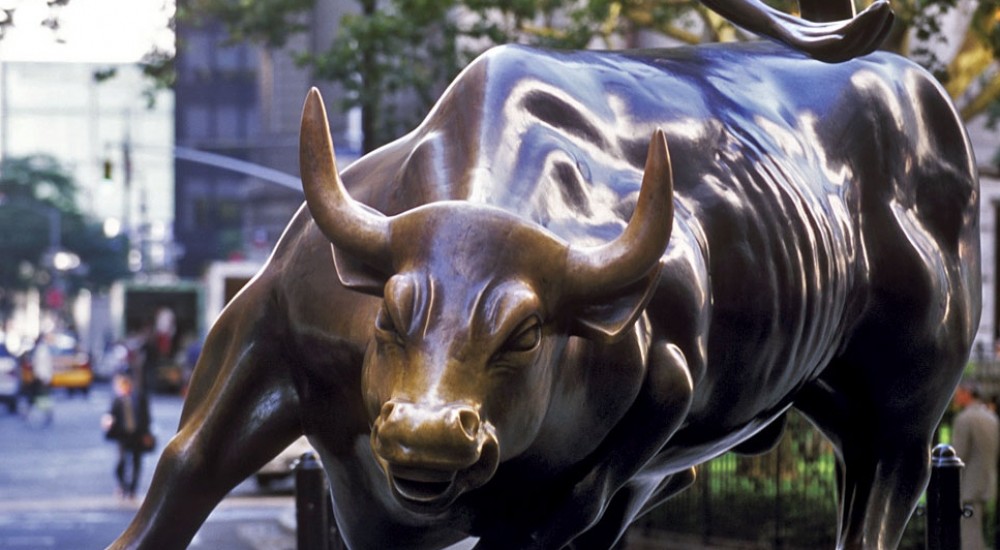There was an argument for the inevitability of planning for example technological change bringing about the existence of natural monopolies, consequently requiring government planning as to some extent the lesser evil than production by private monopolies.
Hayek breaks down this argument once more by considering social infrastructure and existing policies. He asks the question whether the development of natural monopolies is a consequence of new technology, or more simply the economic conditions in which they operate. Hayek argues that the latter is true. He uses the breakdown of the following example:
A large firm having superiority over a small firm, due to technological change may result in greater economies of scale, and an as such lower cost per unit produced and thus begins a process of underbidding and driving out small firms in order to increase market share.
Now at first glance the argument stated above is reasonable, but Hayek notes how this is not the case from a congressional report by the temporary national economic committee in that it states:
“The superior efficiency of large establishments has not been demonstrated; the advantages that are supposed to destroy competition have failed to manifest themselves in many fields. Nor do the economies of size, where they exist, invariably necessitate monopoly.”
This leads Hayek on to argue that it was the policies within countries which facilitated the growth of monopolies, which would then drive out smaller firms. He takes the creation of cartels, and syndications as a consequence of governments seeking regulation in prices and sales as the factor that led to the growth of large monopolies. This goes back to his overarching argument of travelling down one road completely or not at all, as there is greater flaw in attempting a mixture. Then going on to state that “monopoly capitalism” became acceptable even more so as countries such as the United States erected protectionist policies and pursued semi-isolation. He uses the example of Great Britain in stating that planning is not inevitable, in that yet again policy had promoted the growth of natural monopolies. He notes that the British system had been extremely competitive up until 1931 where similar to America protectionist policies arose, and economic planning was introduced and thus monopolies came about. Not of technological change, but the actual structure of the economic system.
He then delves into another segment where planning is not inevitable. Arguing against those who make the assertion that the complexity of modern industrial civilisation creates the need for central planning otherwise we cannot combat its problems effectively. They additionally state that it is increasingly difficult to obtain a coherent picture of economic process, thus things should be coordinated or else dissolve into chaos.
Hayek breaks this down by simply stating that if conditions were simple enough for one person or board to have perfect information then planning works, but as they note in their own argument there is this existing complexity where it is increasingly difficult to attain this information. Thus Hayek argues that decentralisation becomes imperative, as then there is the coordination between separate agencies to bring about “mutual adjustment”. Furthermore, he states that “nobody can consciously balance all the considerations bearing on the decisions of so many individuals.” Thus he arrives at the price system and how it operates without the need for recording every single change in information by a central body. It also allows for the greater complexity in our system which helps the growth of the industrial system and that planning ultimately stifles it.
It is here that he comes to point which is of particular interest to me, he writes about how technological change can be stifled in order to maintain the status quo. For example the industrial revolution promised to enhance the productivity of labour; however it came at the cost of employment for many people. So here arises the argument for the need of central planning to efficiently create the change over such that the short term loss does not override the short term gain. To this Hayek states that planning is not needed as either the short term loss can be accepted, or the change can be delayed up until the necessary infrastructure or policy is erected to minimise any loss.
Specialisation & the Allure of Planning
Hayek states there are many good things, which all agree are highly desirable, and possible, that are difficult to achieve within our own lifetime. This develops the allure of planning in that it seems possible to circumvent the barrier that is time, collective action leading to the achievement of these goals.
He then brings this into regards of specialists (technocrats) in that a planned society seems to offer a route to achieving their objectives. He states that this is an illusion and a misdirection of resources, in that the specialist will obviously place greater importance on his aims then others. Hayek uses a nice example to illustrate this:
“The lover of the country-side who wants above all that its traditional appearance should be preserved and that the blots already made by industry on its fair face should be removed, no less than the health enthusiast who wants all the picturesque but insanitary old cottages clear away, or the motorist who wishes the country cut up by big motor roads, the efficiency fanatic who desires the maximum of specialisation and mechanisation no less than the idealist who for the development of personality wants to preserve as many independent craftsmen as possible.”
However, they all have a wish to go about this planning and therefore they will ultimately come into conflict with each other. As such this brings about the central issue, that not everyone can be pleased. It’s attractive to those who have devoted their lives to a single task and want to see it done universally. But practically this cannot occur, also defining to some extent the authoritarian nature of central planning, only one direction can be pursued and thus not everyone will be pleased.









